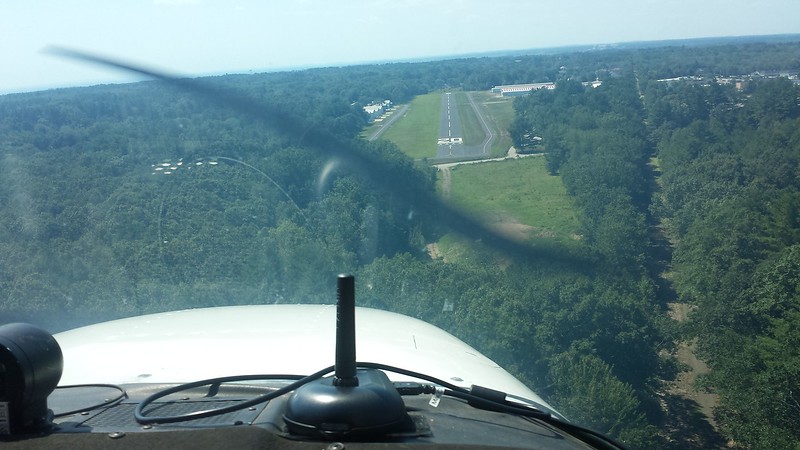Tom-D
Taxi to Parking
- Joined
- Feb 23, 2005
- Messages
- 34,740
- Display Name
Display name:
Tom-D
If you like your 172, why sell it? sure it isn't as fast as you like but is the speed really worth the added costs?I have an offer on my plane I wasn't trying to sell, so I find myself in an odd scenario. I like the 172. Very easy to fly, 7-8 gph, and gets in and out of the 2000' home base easily enough. Has a 430w and adsb in/out. Was starting to use it as my IFR trainer. The question is what should I replace it with? I'd of course like to go a little faster, but don't want to greatly increase my fuel burn. A little more useful load sounds great as well, but I mostly fly with either me + a bunch of stuff, my wife and I and stuff, or just me screwing around the local area. I do fly down to VA and NC occasionally from NH, which is why the faster would be nicer. Being able to easily make it to Oshkosh in a day would be nice.


